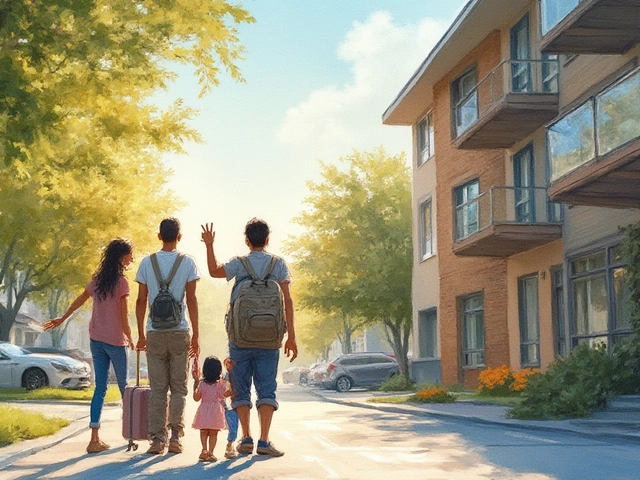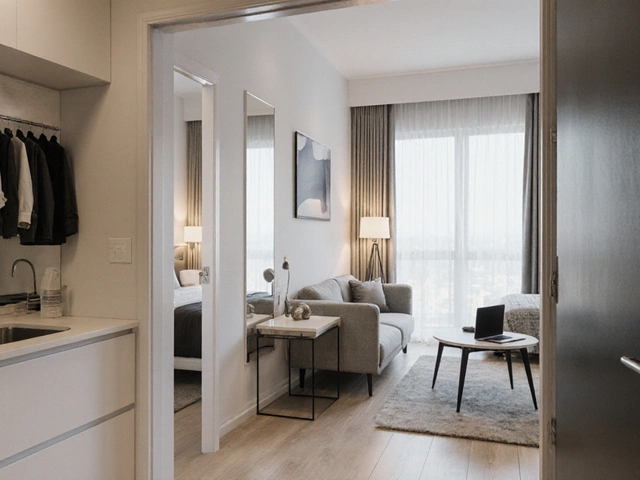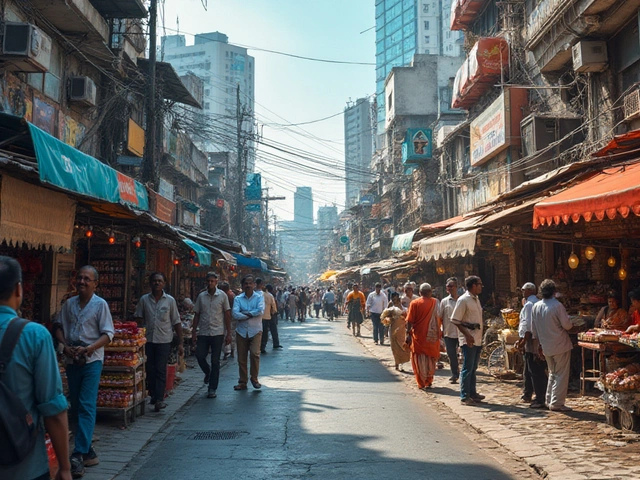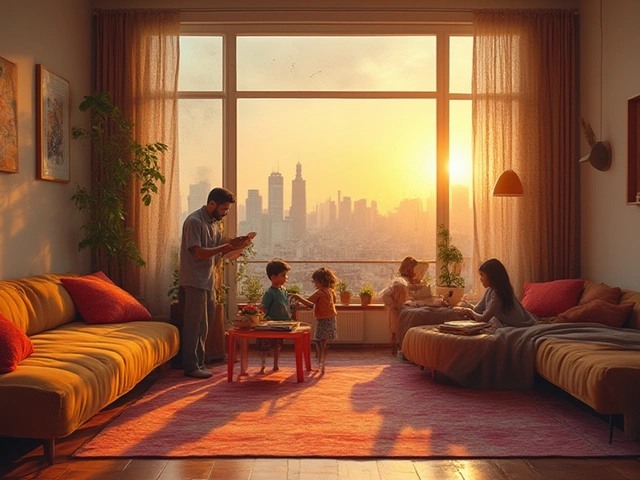Safest Places: How to Choose a Secure Home and Investment
Looking for a spot where you can sleep soundly at night? Whether you’re buying, renting, or investing, safety matters more than size or style. Below you’ll find straight‑forward ways to spot a safe neighborhood, what data actually means, and quick actions you can take right now.
What Makes a Place Safe?
Crime stats are the first clue. Low violent‑crime rates, fewer burglaries, and a solid police presence usually signal a safe area. But safety isn’t just numbers. Check the quality of schools, traffic speed, and how many parks or community centers are nearby – places where families gather tend to have tighter watch networks.
Another factor is the “walkability” score. Areas with good sidewalks, street lighting, and active storefronts make it harder for troublemakers to hide. Look at the mix of residential and commercial properties; diverse neighborhoods often have more eyes on the street.
Tools and Tips to Find Safe Locations
Start with free online maps that show crime heatmaps. Sites like SpotCrime or local police department dashboards let you zoom into a street and see recent reports. Combine that with Google Street View – a quick visual check of lighting and building upkeep tells you a lot.
Talk to locals. A quick chat with a shop owner or a neighbor can confirm whether the stats match daily life. Social media groups for your city often share safety alerts and community events that boost security.
When you’re evaluating a property, ask the seller or landlord for a recent property‑tax receipt and any homeowner association (HOA) rules. Some HOAs enforce strict visitor policies and maintain 24‑hour security, which adds another layer of protection.
Don’t forget natural safety. Flood zones, earthquake fault lines, and fire‑prone areas can turn a “safe” neighborhood into a risk after a disaster. Use government GIS tools to check hazard maps before you sign anything.
Finally, compare rent or price trends. A sudden dip can sometimes mean an area is losing residents due to safety concerns. Stable or slowly rising prices usually point to a healthy, secure market.
Putting it all together, create a simple checklist: crime rate, lighting, community activity, hazard exposure, and price stability. Score each factor out of ten and add them up. Anything above 35 is generally a safe bet.
Remember, no place is 100% risk‑free. The goal is to lower chances of trouble and protect your investment. Use the tools, ask the right questions, and trust your gut after you’ve done the homework.
Ready to start? Grab a map, pull up the latest crime data, and walk the block at night. Those few minutes will save you weeks of worry later.





